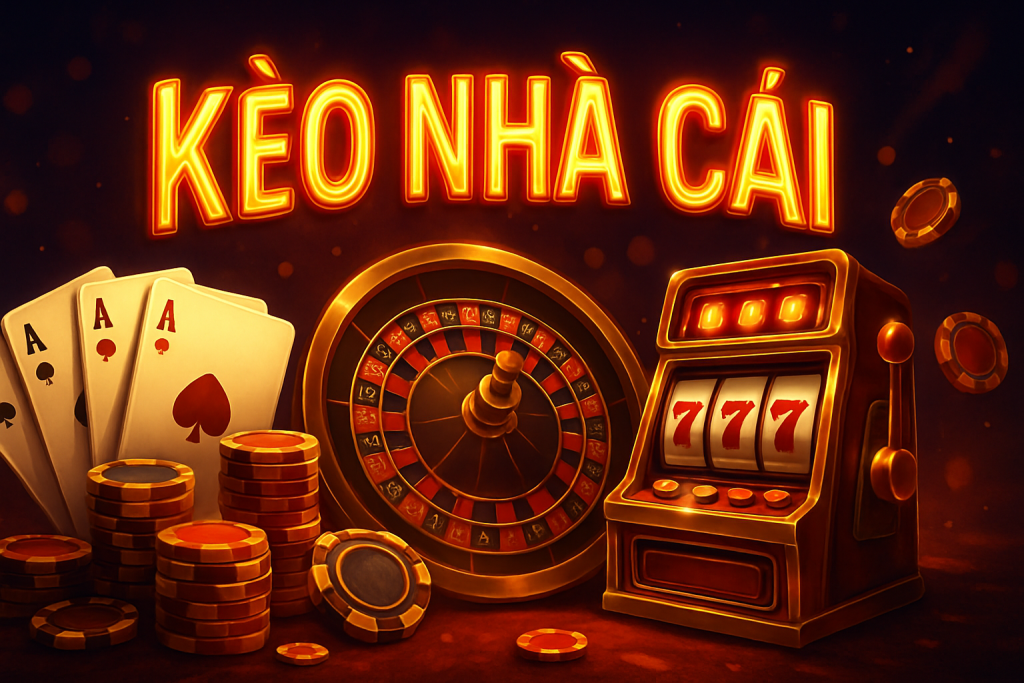
Understanding tỷ lệ kèo nhà cái is a critical skill for anyone serious about sports betting or online casino wagering. While many players rely on luck or gut feelings, professional bettors base their decisions on data, odds, and a clear understanding of how bookmakers set their lines. Mastering how to read and interpret these odds can give you a considerable advantage in a highly competitive gambling environment.
Bookmakers use odds to reflect the probability of a particular outcome. They also factor in their margin, which guarantees them a profit over time regardless of the match result. That’s why different bookmakers might offer slightly different odds for the same event. It’s not just about who wins—it’s about how the odds are calculated and what value they provide.
There are three main types of odds used worldwide: decimal, fractional, and American (moneyline). Decimal odds are the most common in Europe and Asia and are easy to understand. If you place a bet with odds of 2.50, your return will be 2.5 times your stake. Fractional odds, popular in the UK, show your potential profit relative to the stake (e.g., 5/1 means you win $5 for every $1 bet). American odds can be positive or negative and are a bit more complex for beginners.
Once you understand the format, the next step is identifying value bets. A value bet occurs when you believe the probability of an outcome is greater than what the odds suggest. For instance, if a team is given 4.00 odds (25% implied probability) but you believe their real chances are closer to 40%, that’s a value opportunity. Spotting these mismatches is the hallmark of skilled betting.
In addition to recognizing value, bettors must track how odds change. Odds fluctuate in real-time as new information becomes available—such as injuries, weather, or betting volume. Bookmakers adjust their lines to balance their risk. Sharp bettors, or those who consistently win, often move markets by placing large bets, causing odds to shift. Watching these trends can give you clues about where the smart money is going.
Line shopping is another essential technique. This involves comparing odds across multiple bookmakers to find the best possible return on your bet. While the difference may seem small—say, 2.05 vs 2.10—it can add up significantly over hundreds of wagers. Having accounts with multiple sportsbooks allows you to take advantage of these discrepancies.
Another useful tool is the betting exchange, which allows players to bet against each other instead of the bookmaker. This often results in better odds and lower margins. However, you must also factor in the commission charged on winning bets, which varies by platform.
Understanding implied probability can also help refine your strategy. To calculate it, you simply divide 1 by the decimal odds. For example, odds of 2.00 imply a 50% chance of success. If you think the actual probability is higher, you’ve found a potential edge.
However, it’s crucial not to rely solely on statistics. Emotional discipline is just as important. Many bettors fall into the trap of chasing losses or betting on their favorite teams out of loyalty rather than logic. Keeping a clear head and a well-thought-out bankroll management plan ensures that your strategy remains consistent.
Advanced bettors also use models or statistical software to predict outcomes. These models often include player performance metrics, historical data, and current form to generate probabilities. By comparing the model’s output with bookmaker odds, you can systematically identify edges over time.
In conclusion, reading bookmaker odds is more than just understanding numbers—it’s about interpreting the hidden language behind them. With knowledge, patience, and discipline, you can turn odds into insights and make informed decisions that separate casual bettors from seasoned professionals.